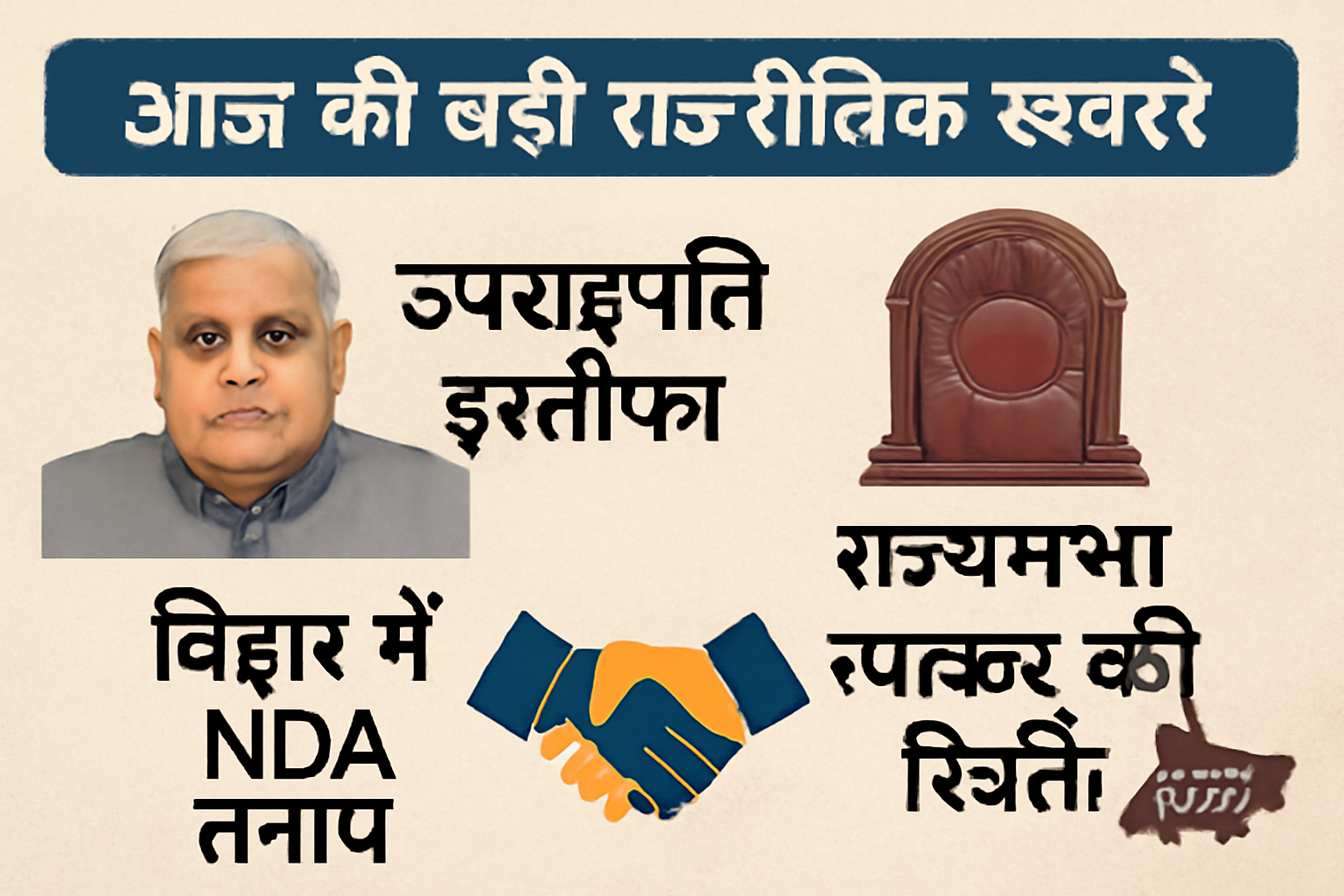
Delhi University (DU) is one of India’s most prestigious institutions, attracting thousands of undergraduate (UG) applicants each year. To streamline the admission process, DU introduced the Common Seat Allocation System (CSAS) in 2022, replacing the earlier cut-off-based system. If you’re applying for UG courses in DU CSAS (UG) 2024, understanding CSAS is crucial. This article breaks down how CSAS works, its key components, and what students need to know for a smooth admission experience.
What is CSAS (UG)?
CSAS is a centralized, three-phase admission system designed to make DU admissions more transparent and efficient. Unlike the previous system—where students had to rush to colleges based on cut-offs—CSAS uses a merit-based, automated seat allocation process.
Key Features of CSAS:
- Single Application Portal: Students apply once through DU’s official portal, eliminating multiple college visits.
- Merit-Driven Allocation: Seats are allotted based on CUET (Common University Entrance Test) scores, Class 12 marks (for some courses), and preferences.
- Three-Phase Process:
- Phase 1: Registration and course preference filling.
- Phase 2: Seat allocation based on merit and choices.
- Phase 3: Admission confirmation by paying fees and document verification.

How Does CSAS Work?
1. Registration & Course Selection
Students must register on DU’s CSAS portal, fill in personal and academic details, and select their preferred courses and colleges. They can prioritize their choices (e.g., B.A. (Hons) Economics at SRCC as first preference, followed by other options).
2. CUET Scores & Merit Lists
- For most courses, DU now relies on CUET UG scores rather than Class 12 marks.
- Some courses (like Music, Fine Arts) may have additional performance tests.
- DU releases multiple merit lists, allotting seats based on availability and student preferences.
3. Seat Allocation & Acceptance
- If allotted a seat, students must accept the offer within a deadline.
- They can freeze (accept the seat), float (wait for better options), or exit (withdraw).
- Multiple rounds ensure maximum seat filling.
4. Document Verification & Fee Payment
Once a seat is accepted, students must submit documents (Class 12 marksheet, CUET scorecard, ID proof) and pay fees to secure admission.
Advantages of CSAS
✅ Fair & Transparent: Reduces bias and ensures seats are allotted purely on merit.
✅ Convenience: No need to visit multiple colleges; everything is online.
✅ Flexibility: Students can upgrade seats in subsequent rounds if better options open up.
Challenges & Criticisms
❌ Technical Glitches: Some students faced portal crashes during peak admission times.
❌ Confusion Over Preferences: Incorrect priority listing can lead to undesired allotments.
❌ Limited Upgradation Chances: If a student accepts a seat early, they may miss better options in later rounds.
Tips for Applicants in 2024
- Research Before Filling Preferences:
- Check previous year’s cut-offs (if available) to gauge competition.
- Prioritize courses/colleges wisely—balance ambition with realistic choices.
- Keep Documents Ready:
- CUET scorecard, Class 12 marksheet, category certificates (if applicable), and photo ID.
- Track Deadlines:
- CSAS has strict timelines; missing a step can cost you a seat.
- Use the Float Option Wisely:
- If you’re hopeful for a better college, choose “float” instead of “freeze.”
Conclusion
DU’s CSAS (UG) system marks a significant shift from the chaotic cut-off era to a structured, digital admission process. While it has its challenges, the system ensures fairness and reduces stress for students. For 2024 aspirants, staying informed, making smart preference choices, and adhering to deadlines will be key to securing a seat in their dream DU college.
As DU continues refining CSAS, the focus remains on making admissions smoother and more student-friendly. If you’re aiming for DU this year, start early, stay organized, and approach the process strategically—your efforts will pay off!

CSAS (UG) – Delhi University’s Centralized Admission System: A Complete Guide for 2024
Delhi University (DU) remains a dream destination for undergraduate (UG) aspirants across India, known for its academic excellence, vibrant campus life, and prestigious colleges. The introduction of the Common Seat Allocation System (CSAS) in 2022 revolutionized DU admissions by replacing the old cut-off frenzy with a streamlined, merit-based process.
If you’re targeting DU in 2024, understanding CSAS inside out is essential. This guide explains how CSAS works, which courses and colleges are most competitive, and expert-backed strategies to maximize your admission chances.
How CSAS (UG) Works: A Step-by-Step Breakdown
How CSAS (UG) Works: A Step-by-Step Breakdown
Phase 1: Registration & Preference Filling
- Students register on the DU CSAS portal https://admission.uod.ac.in.
- They must fill in personal details, academic records (CUET scores + Class 12 marks), and select course-college preferences.
- Pro Tip: You can select multiple courses and colleges in order of priority. Be strategic—mix ambitious and safe choices.
Phase 2: Seat Allocation & Merit Lists
- DU releases multiple merit lists based on CUET scores (for most courses) or Class 12 marks (for minority quotas or specific programs).
- Allocation depends on:
- Your CUET percentile (higher = better chances).
- Choice filling (if you prioritize a competitive course like B.Com (Hons) at SRCC, but your score is borderline, you may not get it).
- Seat availability (reserved categories have separate quotas).
Phase 3: Seat Acceptance & Upgradation
- If allotted a seat, you must accept, float, or exit:
- Freeze: Accept the seat (no further upgrades).
- Float: Wait for a better option in next rounds.
- Exit: Withdraw from CSAS.
- Pro Tip: If you get a mid-tier college but hope for a better one, choose “float”—but remember, if no upgrade happens, you could lose your initial seat.
Top Courses & Colleges Under CSAS (UG)
1. Most Competitive Courses
| Course | Top Colleges | Approx. CUET Cut-off (2023) |
|---|---|---|
| B.Com (Hons) | SRCC, LSR, Hindu, Hansraj | 99+ percentile |
| B.A. (Hons) Economics | SRCC, Ramjas, Miranda House | 98+ percentile |
| B.Sc. (Hons) Computer Science | Keshav Mahavidyalaya, Dyal Singh | 97+ percentile |
| B.A. (Hons) Political Science | Hindu, LSR, Kirori Mal | 95+ percentile |
2. Emerging High-Demand Courses
- B.A. (Hons) Psychology (Lady Shri Ram, Gargi)
- B.Sc. (Hons) Mathematics (St. Stephen’s, Hindu)
- BMS/BBA (FIA) (Shaheed Sukhdev College of Business Studies)
3. Colleges with the Highest Applications
- SRCC (Shri Ram College of Commerce) – For B.Com & Economics.
- Lady Shri Ram (LSR) – Strong in Humanities & Social Sciences.
- Hindu College – Popular for Science, Economics, and Political Science.
- St. Stephen’s – Separate admission process (not under CSAS).
5 Expert Tips to Crack DU CSAS UG 2024
1. Prioritize Your Preferences Wisely
- Rule of Thumb: Order choices from most desired to safest backup.
- Example: If you want B.Com (Hons) but have a 97 percentile, add B.Com (Program) as a backup.
2. Track Previous Cut-offs (If Available)
- While CSAS relies on CUET, checking past college-wise cut-offs (pre-2022) can indicate competition levels.
3. Use the “Float” Option Strategically
- If you get a decent college but hope for a better one, float—but monitor seat vacancy trends.
4. Keep Documents Ready in Advance
- CUET scorecard, Class 12 marksheet, caste certificate (if applicable), ID proof.
5. Stay Updated on CSAS Announcements
- Follow DU’s official website and reliable education portals for updates on merit lists and deadlines.
Common Mistakes to Avoid
❌ Filling random preferences → Leads to undesired allotments.
❌ Missing deadlines → Losing a confirmed seat.
❌ Ignoring category reservations → SC/ST/OBC/EWS candidates often have lower cut-offs.
Conclusion: Is CSAS Better Than the Old Cut-off System?
CSAS has made DU admissions more structured and less chaotic, but it demands strategic decision-making from students. Unlike the old system (where 99% in Class 12 guaranteed SRCC), now CUET performance + smart preference selection determines success.
For 2024 aspirants:
✔ Start early – Research courses & colleges.
✔ Be realistic – Balance dream colleges with safe options.
✔ Stay proactive – Track CSAS updates regularly.
With the right approach, you can secure a seat in your desired DU college. Best of luck!






